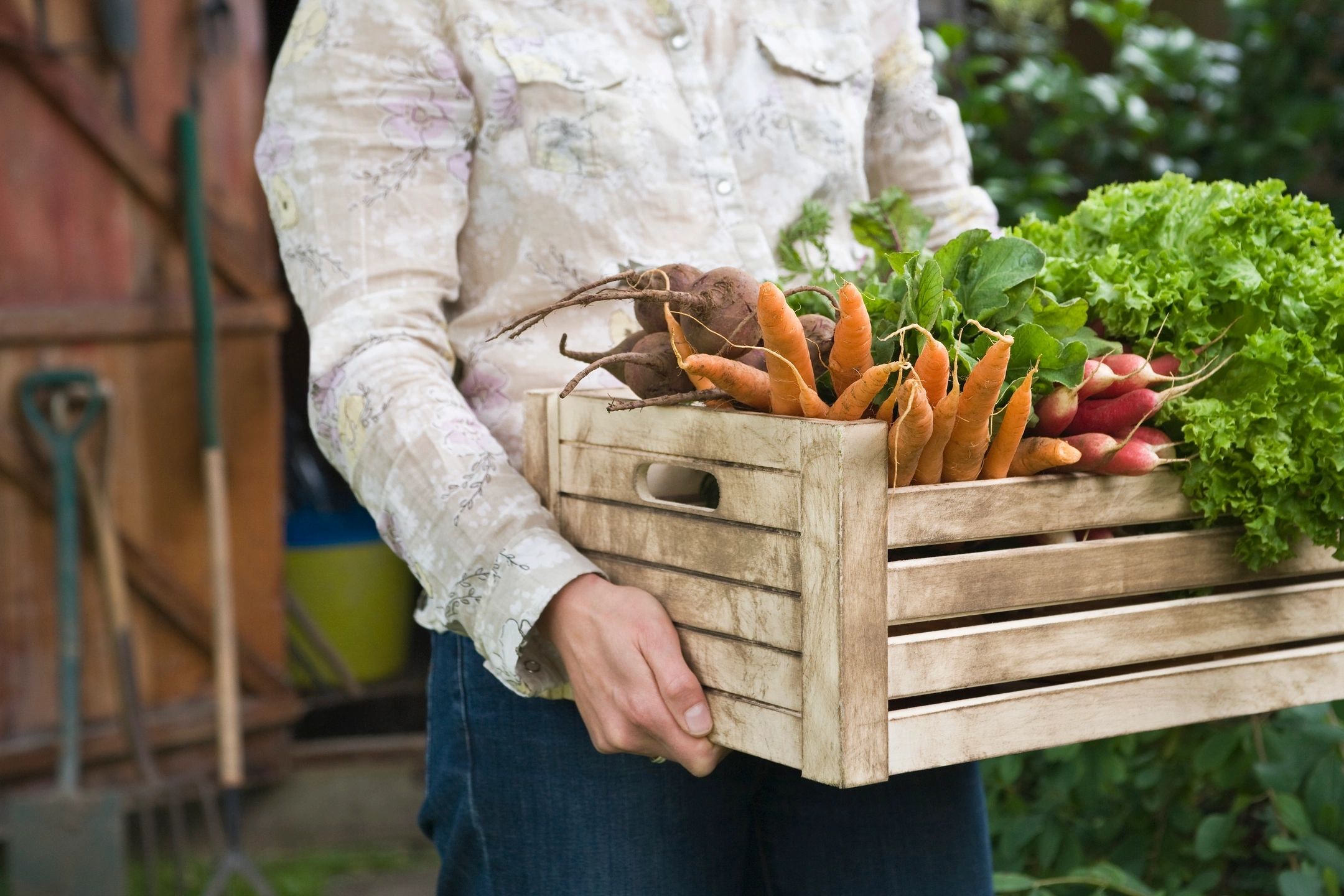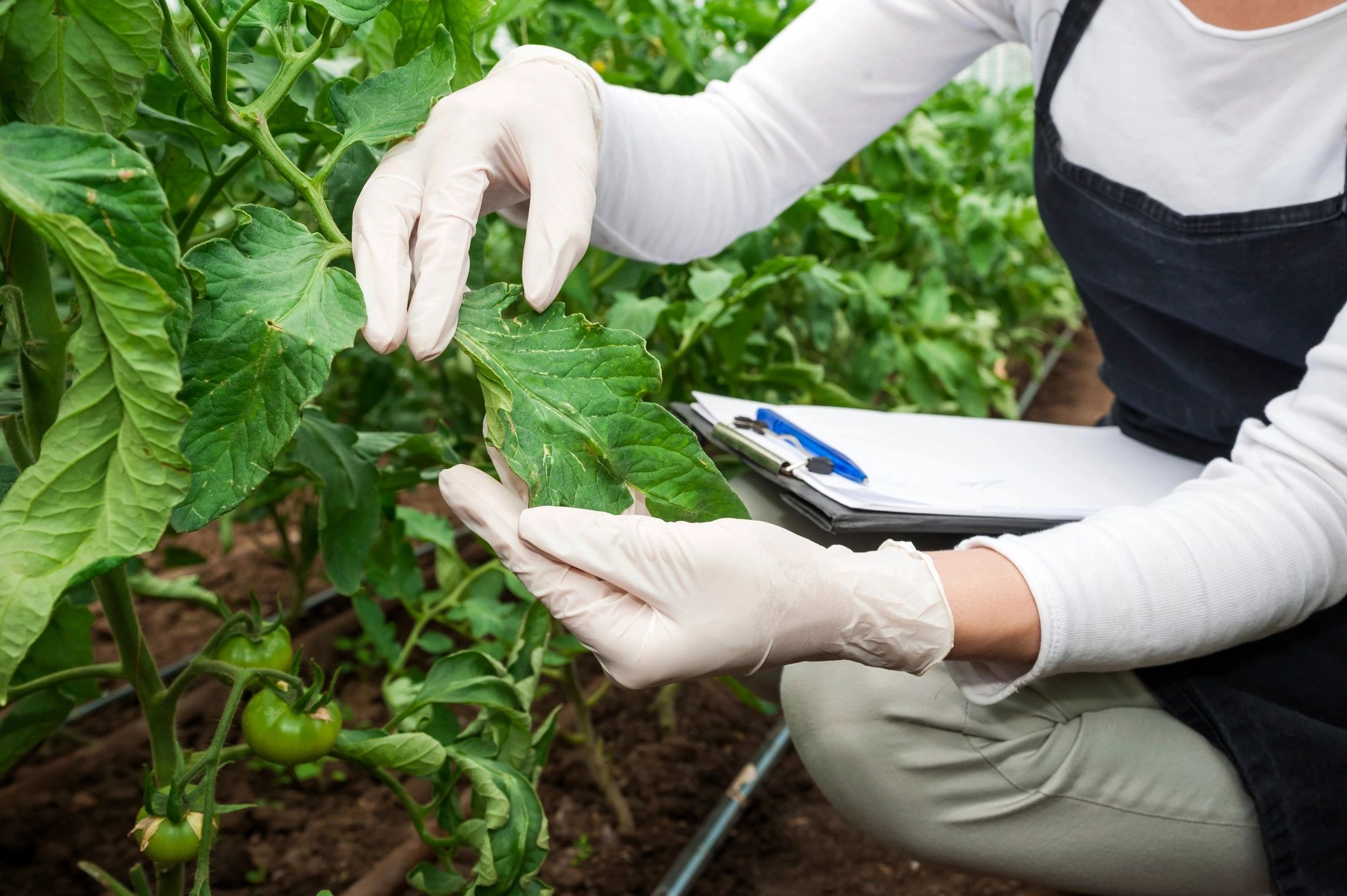Introduction
What if you could grow fresh, healthy vegetables without soil, weeds, or seasonal limitations? Sounds like science fiction, right? Hydroponic gardening makes it a reality—and it’s changing the way we think about food.
By using nutrient-rich water instead of soil, hydroponic systems offer a faster, cleaner, and more sustainable way to grow vegetables. Whether you’re a backyard hobbyist or planning a commercial operation, hydroponics for vegetable growing is the future of smart agriculture.
In this article, we’ll walk you through what hydroponic gardening is, how it works, its environmental and practical benefits, and which vegetables thrive best in a hydroponic setup. Let’s get growing.
What Is Hydroponic Gardening?
Hydroponics is the science of growing plants in a water-based, nutrient-rich solution—completely without soil. Instead, roots are supported by inert materials like clay pellets, perlite, or rockwool, while water delivers essential minerals directly.
Plants get exactly what they need—no more, no less. This precise control leads to faster growth, larger yields, and healthier crops with fewer resources.
How It Works
All hydroponic systems share the same basic principles:
- Water + Nutrients: The roots are submerged or exposed to a carefully balanced water solution containing essential minerals.
- Support Medium: Plants are stabilized using a medium that holds moisture without soil.
- Oxygen Access: Roots need oxygen, so many systems include air pumps or allow for natural aeration.
- Controlled Environment: Light, temperature, and humidity are carefully monitored for maximum efficiency.
Types of Hydroponic Systems
There’s no one-size-fits-all in hydroponics. Choose the system that fits your space, time, and experience level:
1. Deep Water Culture (DWC)
Plants float on a raft in a nutrient solution with oxygen pumped into the water. Great for leafy greens.
2. Nutrient Film Technique (NFT)
A thin stream of nutrient water flows over roots. Works well for small, fast-growing plants.
3. Ebb and Flow (Flood & Drain)
The grow bed is periodically flooded and drained, encouraging strong root growth.
4. Wicking System
Simple and passive—wicks draw water up to the roots. Ideal for beginners.
5. Aeroponics
Plants are suspended in air and misted with nutrients. High-tech and high-yield.
Why Hydroponic Gardening Is Better for Vegetable Grows
Hydroponic gardening is more than just trendy—it’s smarter and more sustainable. Here’s why:
1. Faster Growth and Bigger Yields
Because plants get nutrients delivered directly to their roots, they grow up to 50% faster than in traditional soil. You’ll enjoy more harvests in less time.
2. Water Efficiency
Hydroponics uses up to 90% less water than soil farming. The water is recycled through the system, making it perfect for areas with water scarcity.
3. No Soil, No Weeds, No Mess
No more weeding, digging, or worrying about soil-borne diseases and pests. Hydroponics keeps things clean and low-maintenance.
4. Grow Anywhere, Anytime
With the right lighting and setup, you can grow vegetables year-round indoors, on rooftops, in basements—or anywhere you have space.
5. Eco-Friendly and Sustainable
Hydroponics reduces land use, requires fewer chemicals, and minimizes runoff pollution. It’s a forward-thinking solution for feeding a growing population without destroying ecosystems.
Best Vegetables to Grow Hydroponically
Some veggies love hydroponic systems more than others. If you’re just starting out, try these hydro-friendly crops:
Lettuce – Fast-growing and beginner-friendly. Ideal for NFT or DWC systems.
Spinach – Thrives in cooler temperatures and loves consistent moisture.
Tomatoes – A hydroponic superstar. Needs more light and support but delivers delicious fruit.
Cucumbers – Grow quickly and climb easily with the right trellis system.
Peppers – Both sweet and hot peppers do well in hydroponics and reward you with vibrant yields.
Pro Tips for Hydroponic Success
- Monitor pH and Nutrient Levels: Keep pH between 5.5–6.5 and regularly check nutrient concentrations for optimal plant health.
- Use Grow Lights: LED grow lights are efficient and customizable for indoor vegetable production.
- Keep It Clean: Sterilize your system between plantings to avoid algae or root rot.
- Start Small: Begin with leafy greens before branching into fruiting vegetables.
Is Hydroponic Gardening Right for You?
If you’re looking for a cleaner, faster, and more sustainable way to grow vegetables, hydroponic gardening is a game-changer. Whether you’re growing herbs in your kitchen or building a commercial farm, the benefits are undeniable: less waste, more yield, and year-round freshness.
You don’t need acres of land or years of experience—just curiosity, a small investment, and a willingness to learn.
Conclusion
Hydroponic gardening isn’t the future—it’s the present. As food systems become more strained and environmental concerns grow, hydroponics offers a practical, scalable solution for growing healthy vegetables with minimal impact.
So if you’re ready to grow smarter, save water, and enjoy fresh produce anytime, anywhere—go hydroponic. Your plants (and the planet) will thank you.


